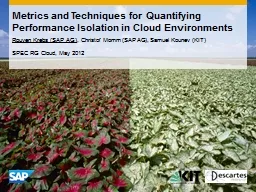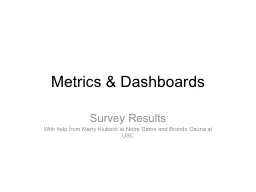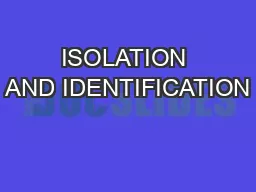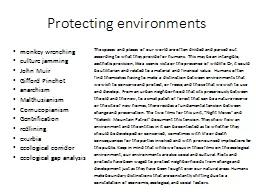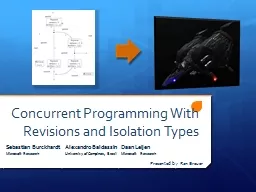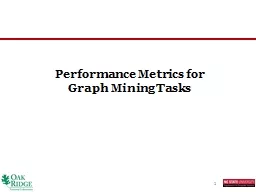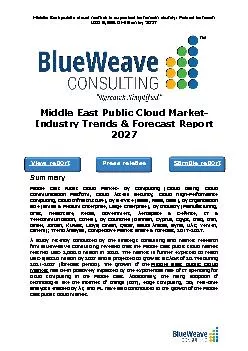PPT-Metrics and Techniques for Quantifying Performance Isolation in Cloud Environments
Author : calandra-battersby | Published Date : 2018-11-22
Rouven Krebs SAP AG Christof Momm SAP AG Samuel Kounev KIT SPEC RG Cloud May 2012 Isolation and Shared Resources provides Service Provider High overhead low
Presentation Embed Code
Download Presentation
Download Presentation The PPT/PDF document "Metrics and Techniques for Quantifying P..." is the property of its rightful owner. Permission is granted to download and print the materials on this website for personal, non-commercial use only, and to display it on your personal computer provided you do not modify the materials and that you retain all copyright notices contained in the materials. By downloading content from our website, you accept the terms of this agreement.
Metrics and Techniques for Quantifying Performance Isolation in Cloud Environments: Transcript
Download Rules Of Document
"Metrics and Techniques for Quantifying Performance Isolation in Cloud Environments"The content belongs to its owner. You may download and print it for personal use, without modification, and keep all copyright notices. By downloading, you agree to these terms.
Related Documents

